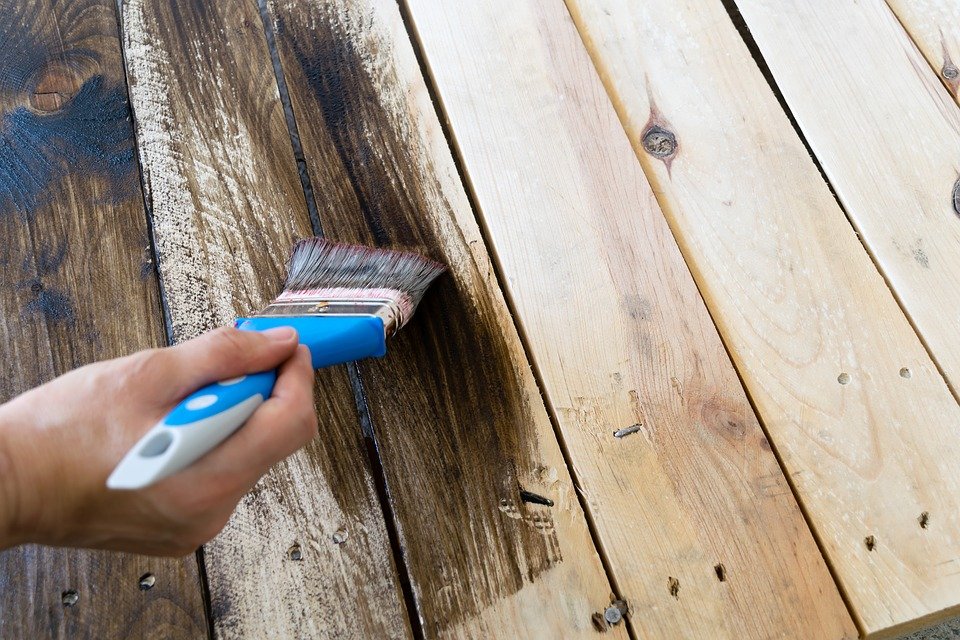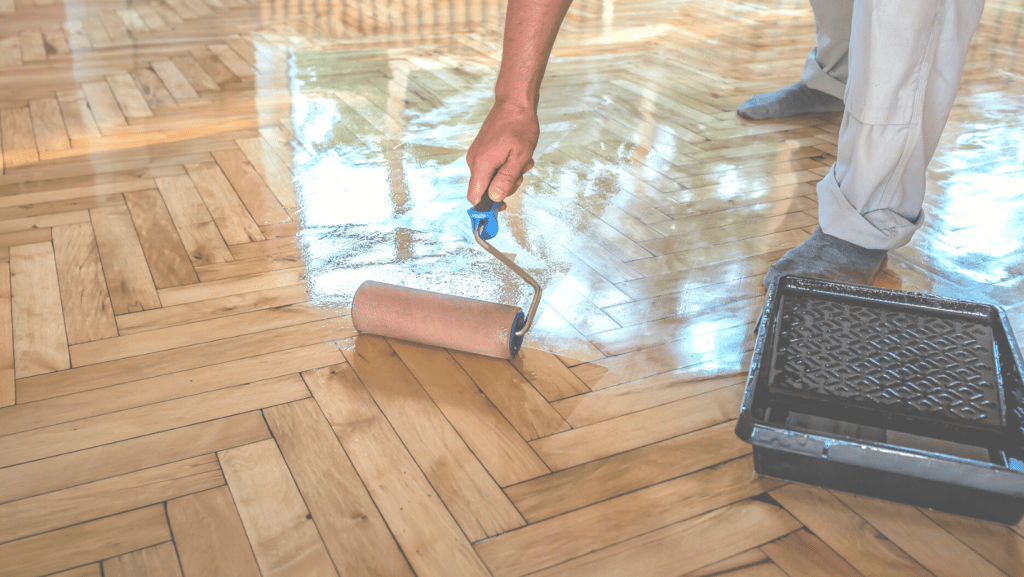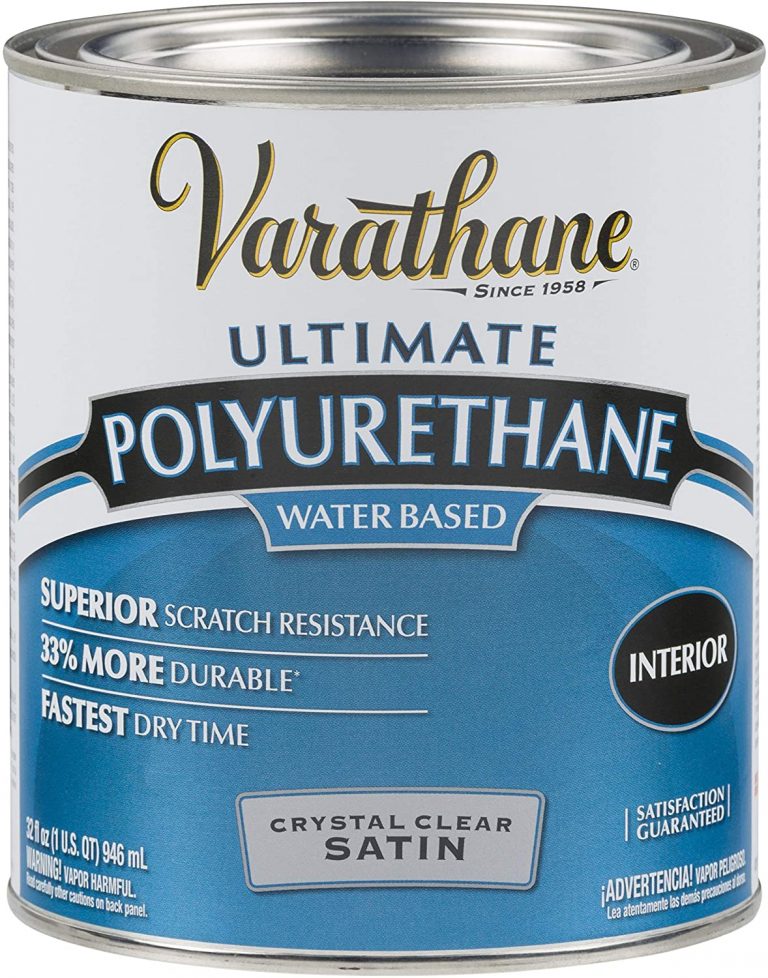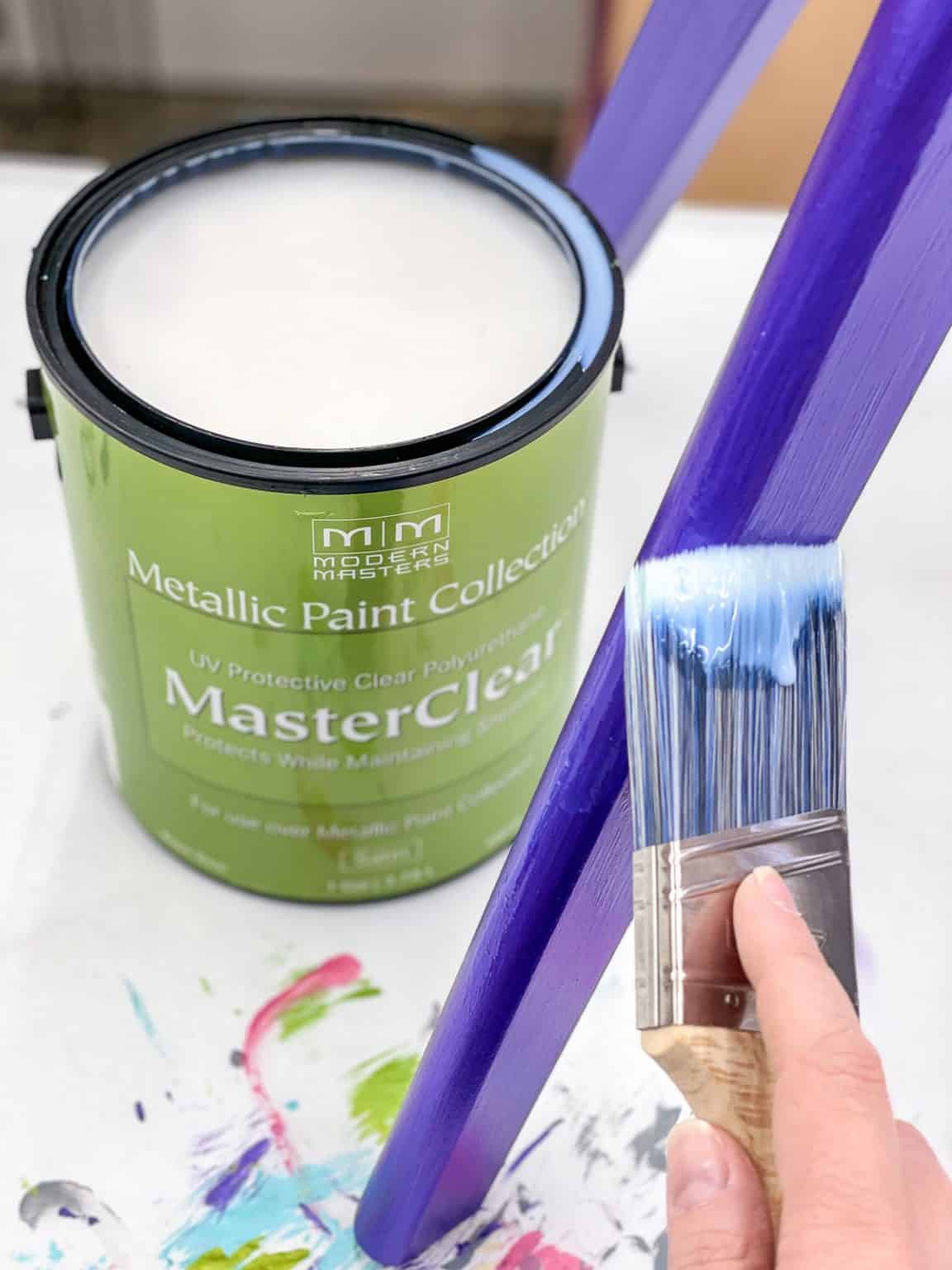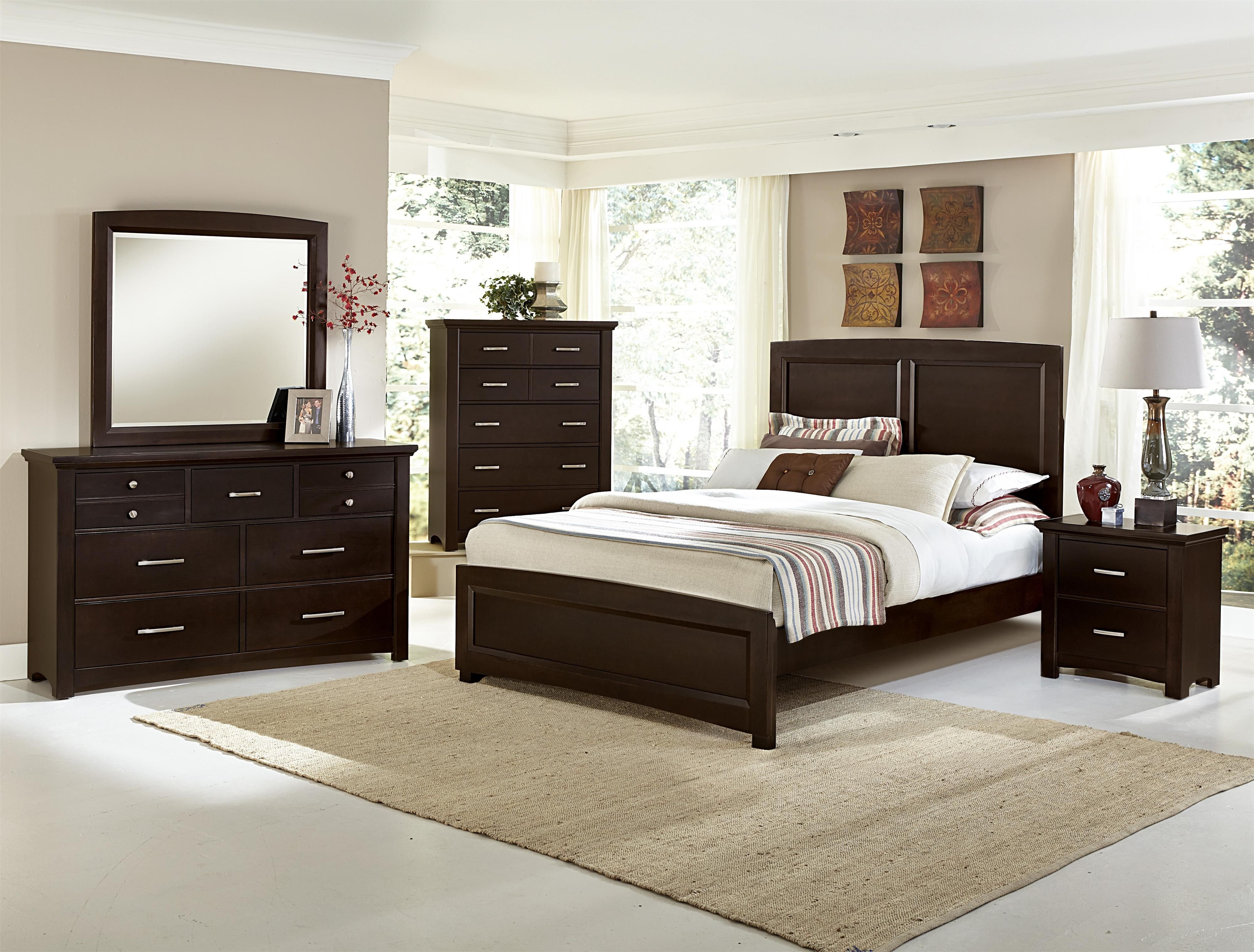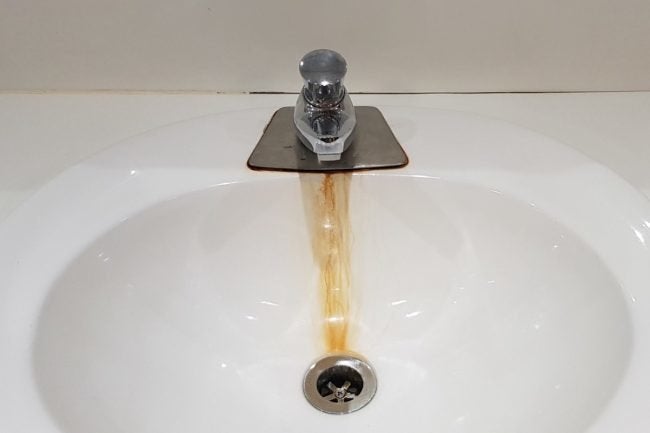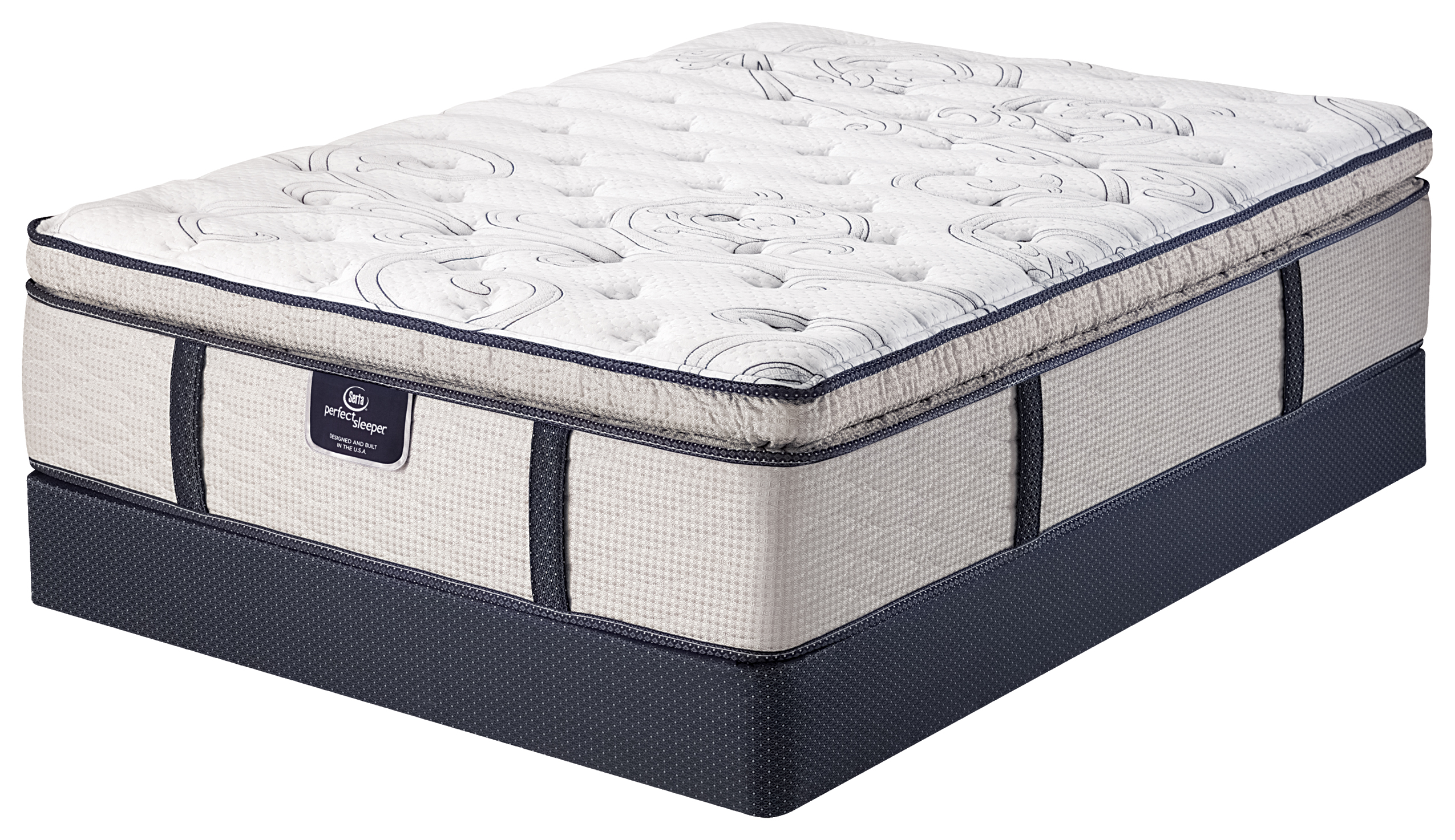When it comes to choosing a protective finish for your kitchen table, two popular options are polycrylic and polyurethane. Both of these finishes offer benefits and drawbacks, but which one is better for your specific needs? In this article, we will compare polycrylic and polyurethane to help you make an informed decision for your kitchen table.Polycrylic vs Polyurethane: Which Is Better for Your Kitchen Table?
Before we dive into the details, it's important to understand the difference between polycrylic and polyurethane. Polycrylic is a water-based protective finish, while polyurethane is an oil-based finish. This means that they have different properties and applications.Polycrylic vs Polyurethane: Which One Should You Choose for Your Kitchen Table?
Durability: When it comes to durability, polyurethane is known for its strength and resistance to scratches, stains, and heat. On the other hand, polycrylic is not as durable and may require more frequent touch-ups or reapplication. Application: Polyurethane is typically applied with a brush, while polycrylic can be applied with a brush or sprayer. However, polycrylic tends to dry faster, making it a more convenient option for those who want to finish their kitchen table quickly. Resistance to heat and water: Polyurethane is more resistant to heat and water compared to polycrylic. This makes it a better choice for a kitchen table that will be exposed to high temperatures or moisture. Affordability: In terms of cost, polycrylic is generally more affordable than polyurethane. However, keep in mind that polyurethane may require less frequent reapplication, so the cost may even out in the long run. Environmental impact: Polycrylic is considered to be more environmentally friendly compared to polyurethane, as it is water-based and does not emit as many harmful fumes. However, both finishes still contain chemicals and should be used in a well-ventilated area.Polycrylic vs Polyurethane: A Comparison for Your Kitchen Table
When it comes to durability, polyurethane is the clear winner. Its oil-based formula creates a strong protective layer that is resistant to scratches, stains, and heat. This makes it a great option for a kitchen table that will be heavily used. However, this doesn't mean that polycrylic is not durable at all. It can still provide a decent level of protection for your kitchen table, but it may require more frequent maintenance to keep it looking its best.Polycrylic vs Polyurethane: Which One Is More Durable for Your Kitchen Table?
Both polycrylic and polyurethane can be applied with a brush, but polycrylic has the advantage of being able to be applied with a sprayer as well. This can be a time-saver for those who want to finish their kitchen table quickly. Additionally, polycrylic tends to dry faster than polyurethane, making it easier to work with. However, it's important to follow the manufacturer's instructions for application and drying time for both finishes to ensure the best results.Polycrylic vs Polyurethane: Which One Is Easier to Apply on Your Kitchen Table?
As mentioned earlier, polyurethane is more resistant to heat and water compared to polycrylic. This is due to its oil-based formula, which creates a strong barrier against these elements. If your kitchen table will be exposed to high temperatures or moisture, polyurethane may be the better choice for you. However, this doesn't mean that polycrylic is completely ineffective against heat and water. It can still provide some protection, but it may not be as long-lasting as polyurethane.Polycrylic vs Polyurethane: Which One Is More Resistant to Heat and Water for Your Kitchen Table?
In terms of cost, polycrylic is generally more affordable than polyurethane. This is because polycrylic is a water-based finish, which tends to be less expensive compared to oil-based finishes like polyurethane. However, keep in mind that you may need to reapply polycrylic more frequently, which can add to the cost in the long run. If you are on a budget, polycrylic may be the better option for you. But if you want a finish that will last longer and provide better protection, polyurethane may be worth the extra cost.Polycrylic vs Polyurethane: Which One Is More Affordable for Your Kitchen Table?
Both polycrylic and polyurethane contain chemicals and should be used in a well-ventilated area. However, polycrylic is considered to be more environmentally friendly compared to polyurethane. This is because polycrylic is water-based and does not emit as many harmful fumes as polyurethane. If you are looking for a more eco-friendly option, polycrylic may be the way to go.Polycrylic vs Polyurethane: Which One Is More Environmentally Friendly for Your Kitchen Table?
When it comes to different types of wood, both polycrylic and polyurethane can be used on a variety of species. However, some woods may require different preparation techniques or may absorb the finish differently. It's important to do some research on the type of wood your kitchen table is made of and the best finish to use for that specific wood. In general, polyurethane may be a better option for denser woods, while polycrylic may work well on softer woods.Polycrylic vs Polyurethane: Which One Is Better for Different Types of Wood for Your Kitchen Table?
When it comes to versatility, polycrylic has the advantage of being able to be applied with a brush or sprayer. This makes it a more convenient option for those who want to finish their kitchen table quickly. However, polyurethane can also be applied with various techniques such as wiping or brushing, allowing for different levels of sheen and finish. It's important to consider your desired finish and the application method when choosing between polycrylic and polyurethane.Polycrylic vs Polyurethane: Which One Is More Versatile for Your Kitchen Table?
The Pros and Cons of Using Polycrylic and Polyurethane for a Kitchen Table

Introduction
 When it comes to designing your kitchen, choosing the right materials for your furniture is crucial. The kitchen table, in particular, is an essential piece of furniture that not only adds functionality but also enhances the overall look of your kitchen. When deciding on the perfect finish for your kitchen table, two popular options that come to mind are
polycrylic and polyurethane
. While both these finishes offer great protection and durability, they each have their own unique features. In this article, we will dive into the pros and cons of using polycrylic and polyurethane for your kitchen table, so you can make an informed decision on which one suits your needs best.
When it comes to designing your kitchen, choosing the right materials for your furniture is crucial. The kitchen table, in particular, is an essential piece of furniture that not only adds functionality but also enhances the overall look of your kitchen. When deciding on the perfect finish for your kitchen table, two popular options that come to mind are
polycrylic and polyurethane
. While both these finishes offer great protection and durability, they each have their own unique features. In this article, we will dive into the pros and cons of using polycrylic and polyurethane for your kitchen table, so you can make an informed decision on which one suits your needs best.
The Benefits of Polycrylic
 Polycrylic is a water-based protective finish that is known for its quick drying time and clear, glossy finish. It is
highly resistant
to water, stains, and scratches, making it an ideal choice for a busy kitchen table. The water-based formula also means it has low odor and is easy to clean up with soap and water. Additionally, polycrylic is
UV resistant
, which means it will not yellow or fade over time, ensuring the beauty of your kitchen table lasts for years to come. Another advantage of using polycrylic is its
affordability
, making it a budget-friendly option for those looking to protect their kitchen table.
Polycrylic is a water-based protective finish that is known for its quick drying time and clear, glossy finish. It is
highly resistant
to water, stains, and scratches, making it an ideal choice for a busy kitchen table. The water-based formula also means it has low odor and is easy to clean up with soap and water. Additionally, polycrylic is
UV resistant
, which means it will not yellow or fade over time, ensuring the beauty of your kitchen table lasts for years to come. Another advantage of using polycrylic is its
affordability
, making it a budget-friendly option for those looking to protect their kitchen table.
The Drawbacks of Polycrylic
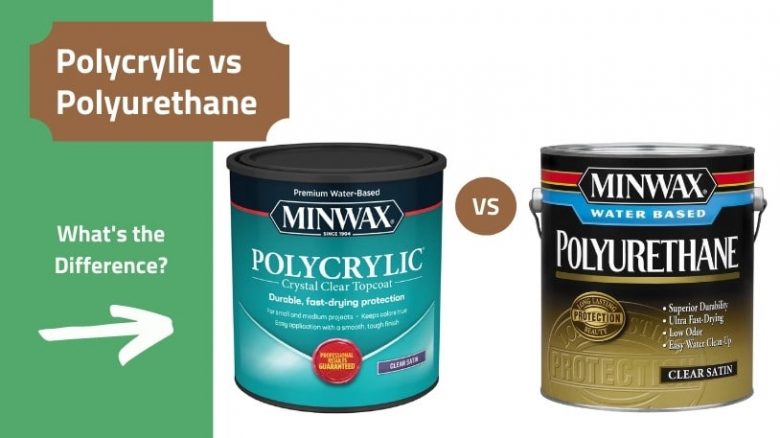 While polycrylic has many benefits, it also has its downsides. One of the main drawbacks of this finish is that it is
not as durable
as polyurethane. This means it may not hold up well to heavy use and may need to be reapplied more frequently. Polycrylic is also not suitable for outdoor use as it is not as weather-resistant as polyurethane. Additionally, the water-based formula may cause the wood grain to raise, requiring additional sanding and coats to achieve a smooth finish.
While polycrylic has many benefits, it also has its downsides. One of the main drawbacks of this finish is that it is
not as durable
as polyurethane. This means it may not hold up well to heavy use and may need to be reapplied more frequently. Polycrylic is also not suitable for outdoor use as it is not as weather-resistant as polyurethane. Additionally, the water-based formula may cause the wood grain to raise, requiring additional sanding and coats to achieve a smooth finish.
The Benefits of Polyurethane
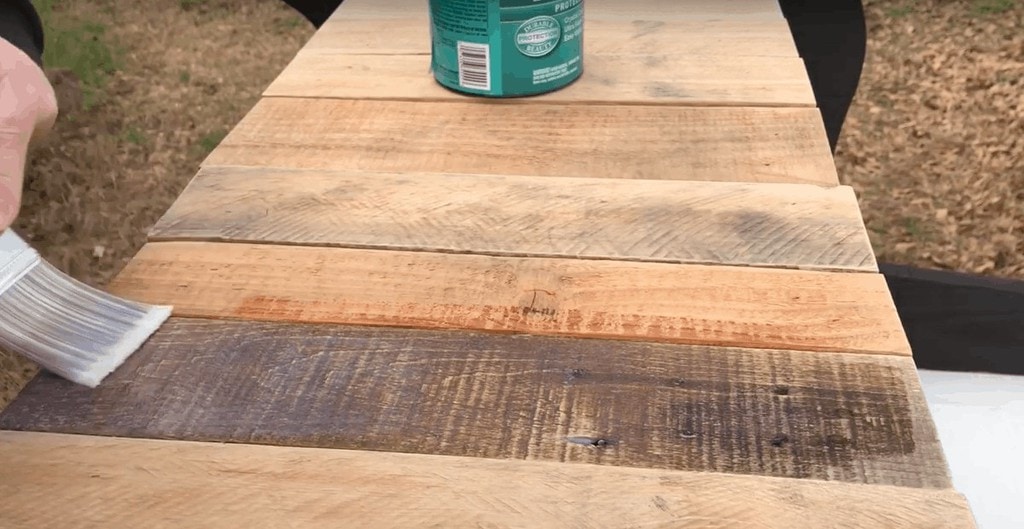 Polyurethane is an oil-based finish that offers
exceptional protection
against water, stains, and scratches. It is a
highly durable
option that can withstand heavy use, making it an excellent choice for a kitchen table that sees a lot of action. It also has a beautiful, rich, and
long-lasting finish
that enhances the natural beauty of the wood. Polyurethane is also
resistant to heat and chemicals
, making it a suitable choice for a kitchen table where hot dishes and spills are common.
Polyurethane is an oil-based finish that offers
exceptional protection
against water, stains, and scratches. It is a
highly durable
option that can withstand heavy use, making it an excellent choice for a kitchen table that sees a lot of action. It also has a beautiful, rich, and
long-lasting finish
that enhances the natural beauty of the wood. Polyurethane is also
resistant to heat and chemicals
, making it a suitable choice for a kitchen table where hot dishes and spills are common.
The Drawbacks of Polyurethane
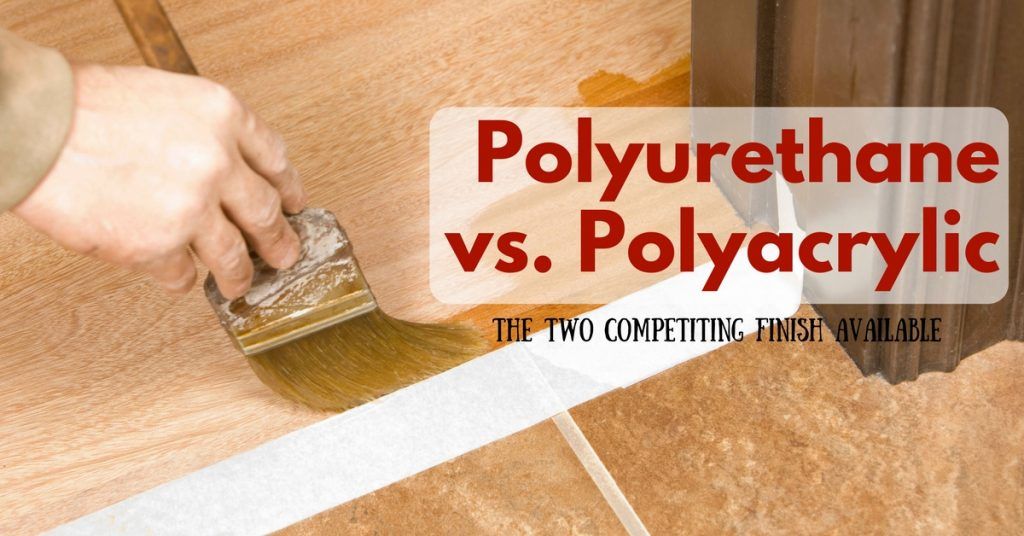 One of the main drawbacks of polyurethane is its
long drying time
, which can take up to 24 hours. This can be inconvenient for those who are looking for a quick finish. It also has a strong odor and requires mineral spirits for clean-up, making it less environmentally friendly compared to polycrylic. Another downside is that polyurethane is prone to
yellowing and fading
over time, especially when exposed to sunlight.
One of the main drawbacks of polyurethane is its
long drying time
, which can take up to 24 hours. This can be inconvenient for those who are looking for a quick finish. It also has a strong odor and requires mineral spirits for clean-up, making it less environmentally friendly compared to polycrylic. Another downside is that polyurethane is prone to
yellowing and fading
over time, especially when exposed to sunlight.
The Verdict
 In conclusion, both polycrylic and polyurethane offer excellent protection and durability for a kitchen table. Polycrylic is a budget-friendly option with a quick drying time and low odor, while polyurethane is highly durable with a rich finish. Consider the level of use and your personal preferences when choosing between the two finishes. Whichever you choose, both polycrylic and polyurethane will ensure your kitchen table stays beautiful and protected for a long time.
In conclusion, both polycrylic and polyurethane offer excellent protection and durability for a kitchen table. Polycrylic is a budget-friendly option with a quick drying time and low odor, while polyurethane is highly durable with a rich finish. Consider the level of use and your personal preferences when choosing between the two finishes. Whichever you choose, both polycrylic and polyurethane will ensure your kitchen table stays beautiful and protected for a long time.

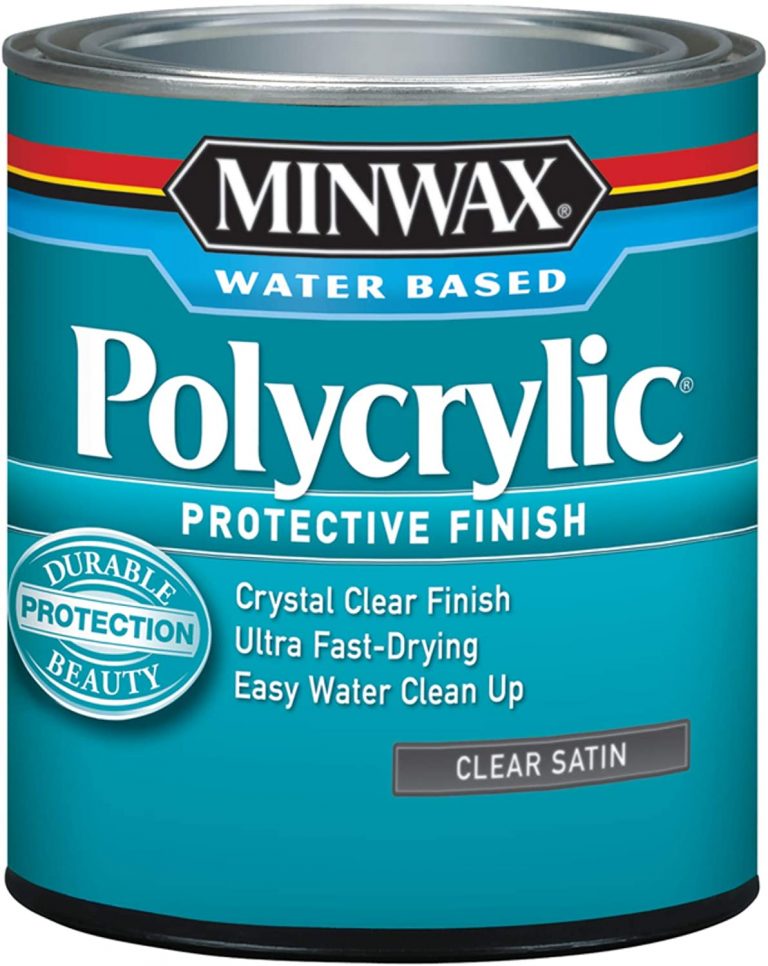


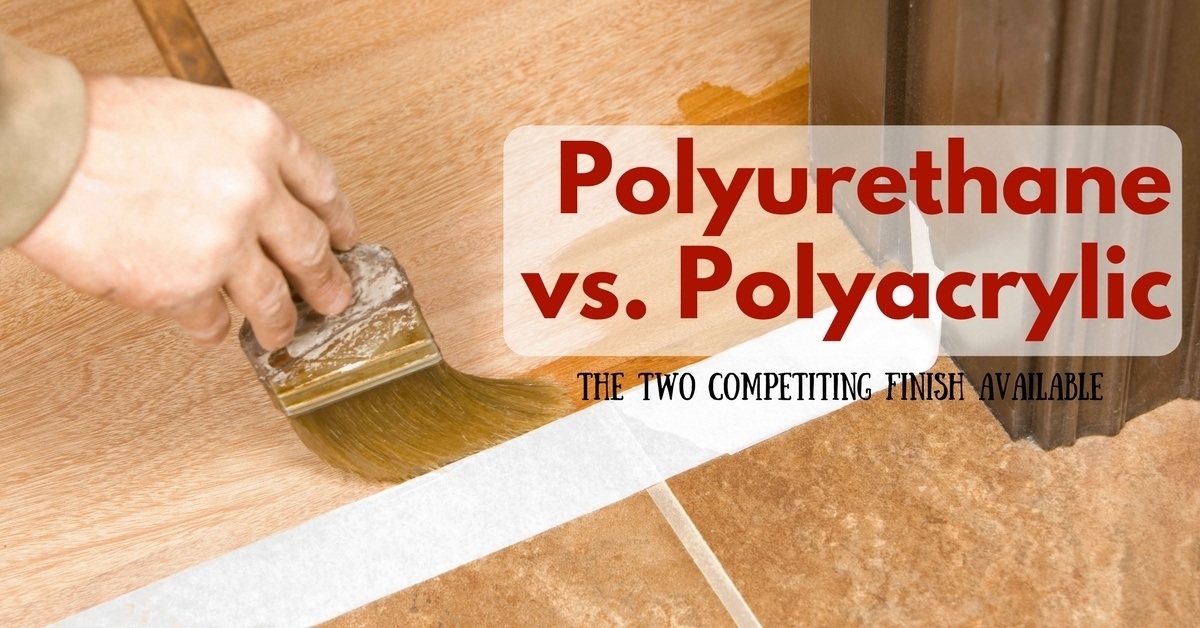











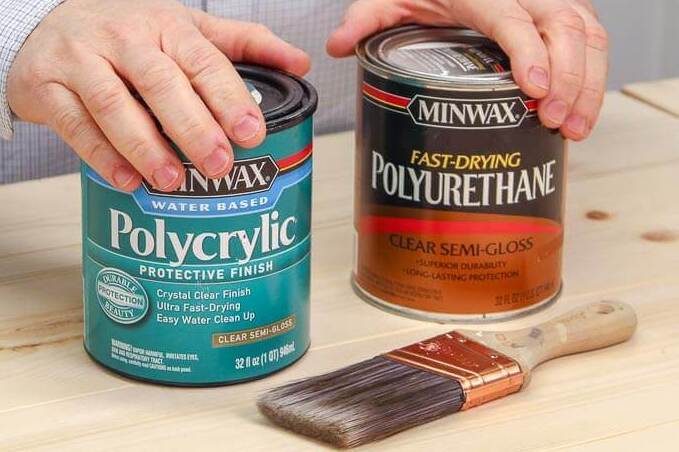
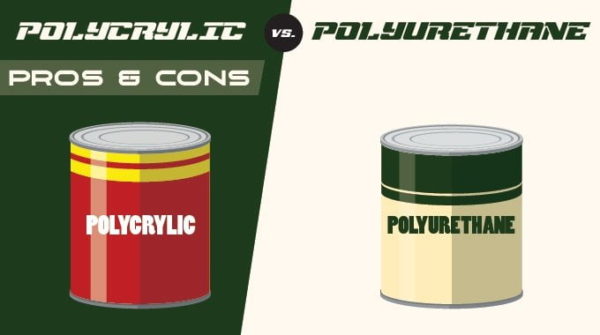
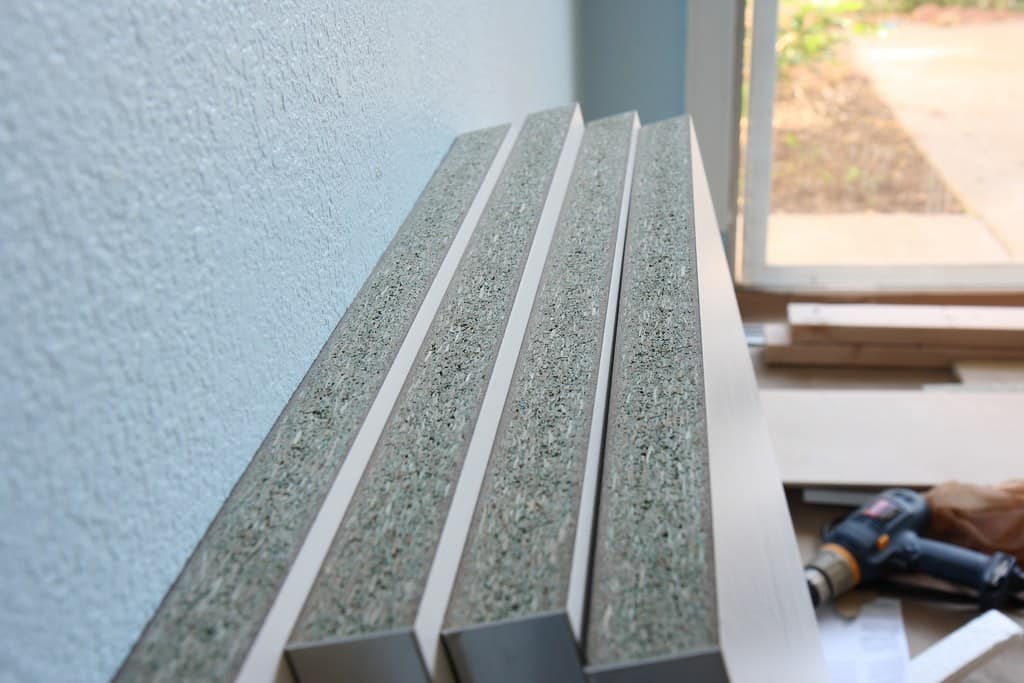


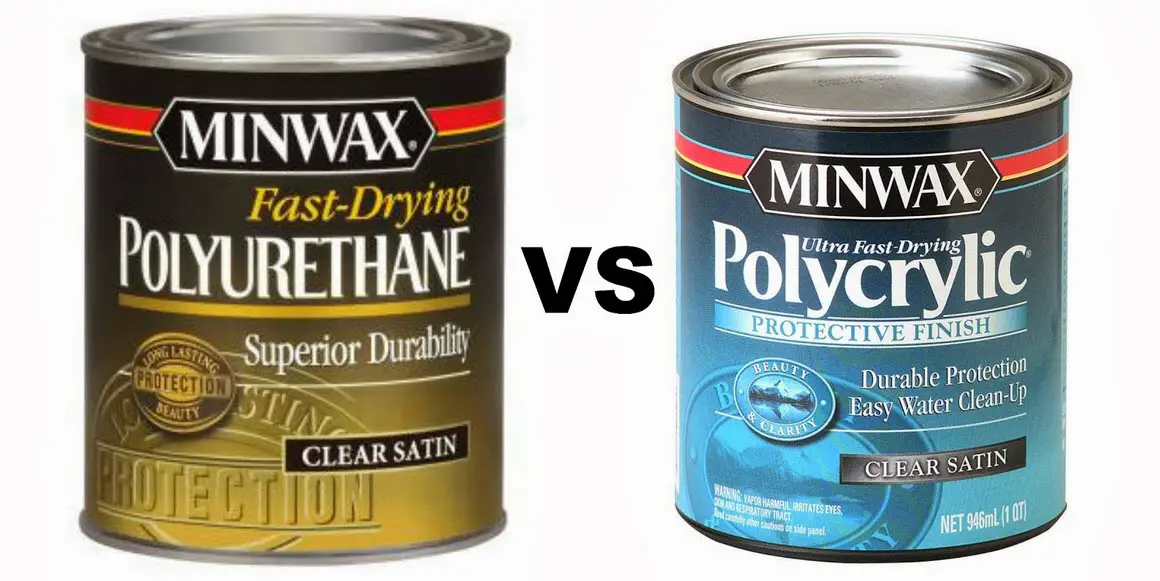

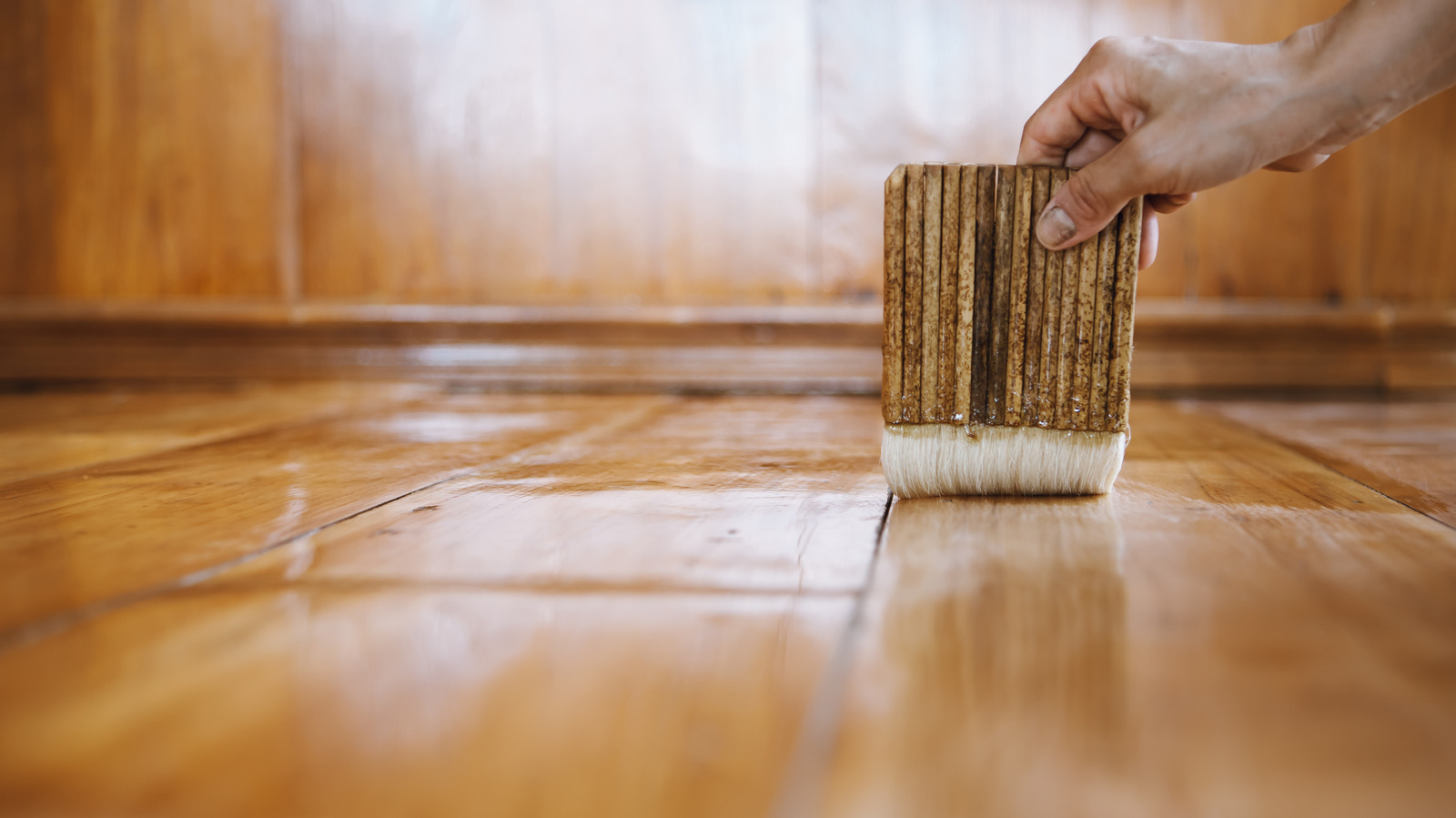

:max_bytes(150000):strip_icc()/polycrylic-vs-polyurethane-6891646-v1-55fc4eb651d249dabcc04eb9c708e308.png)

